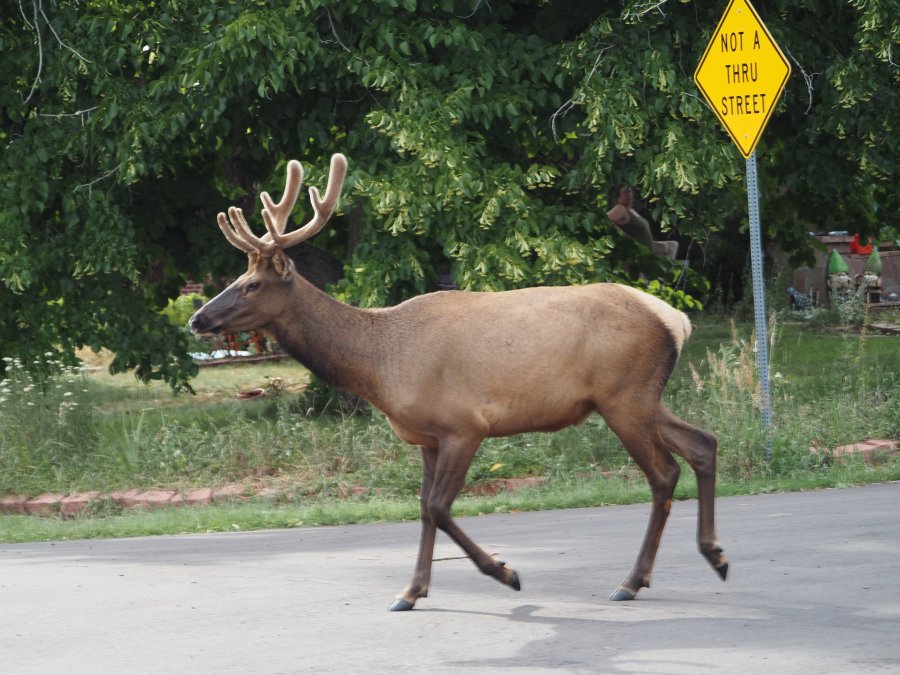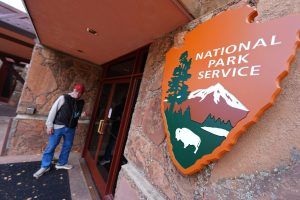[ad_1]

DENVER (KDVR) — Seeing wildlife in Colorado is to be expected — in fact, it’s one of the draws for many tourists coming to the state.
However, large animals on Colorado roadways can be deadly for both drivers and wildlife, such as when a motorist in Highlands Ranch crashed into a moose and later died.
The Colorado State Patrol shared Thursday that during the winter migration season, especially between dusk and dawn hours, there is an increase in wildlife-vehicle crashes. The agency noted that this time of year is peak mating season for many species in Colorado, including elk.
Because of their mating season, the animals are more mobile, easily distracted and more likely to cross roadways, CSP said.
“Last year troopers responded to 3,777 crashes involving wildlife, with October, November and December as the most active months,” said Col. Matthew C. Packard, chief of the Colorado State Patrol, in a release. “Whether it is elk in the high country or pronghorn on the plains, there is no area of our state that doesn’t have wildlife. So, it is up to all of us to remove distractions and watch out for these beautiful animals.”
CSP asked Colorado Parks and Wildlife to share which areas of Colorado are at the highest risk of vehicle-wildlife crashes, and CPW shared the following list:
- Interstate 70: Floyd Hill, Mt. Vernon Canyon and Eagle
- U.S. 285: Morrison
- Highway 160: Durango to Pagosa Springs and Durango to Mancos
- Highway 550: North of Durango and from Montrose to Ouray
- Interstate 25: Castle Rock to Larkspur
- Highway 82: Glenwood Springs to Aspen
- Highway 36: Boulder to Lyons
- Highway 93: Golden to Boulder
CSP noted that wildlife crashes cause heavy damage to vehicles and often the animal does not survive the impact.
The patrol said that the most effective way for drivers to reduce the likelihood of a crash and the intensity of damage incurred is to slow down and drive the posted speed limit. Reduced visibility should lead a motorist to consider further reducing their speed.
CSP also advised motorists that if they encounter an animal and don’t have time to safely brake in a straight line, the best choice would be “drive through, keeping in your lane.” The patrol said that if you are driving in an outside lane with the white stripe to your right or a single lane, angle slightly to hit the animal’s butt.
If you are involved in a crash with an animal, CSP wants you to call 911 just as with any other emergency. In addition, if wildlife is witnessed in distress from possibly being struck, call *CSP for the proper resource to be dispatched.
[ad_2]

Anthony Sutton is a business strategist and writer with a passion for management, leadership, and entrepreneurship. With years of experience in the corporate world, he shares insights on business growth, strategy, and innovation through management-opleiding.org.




